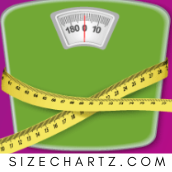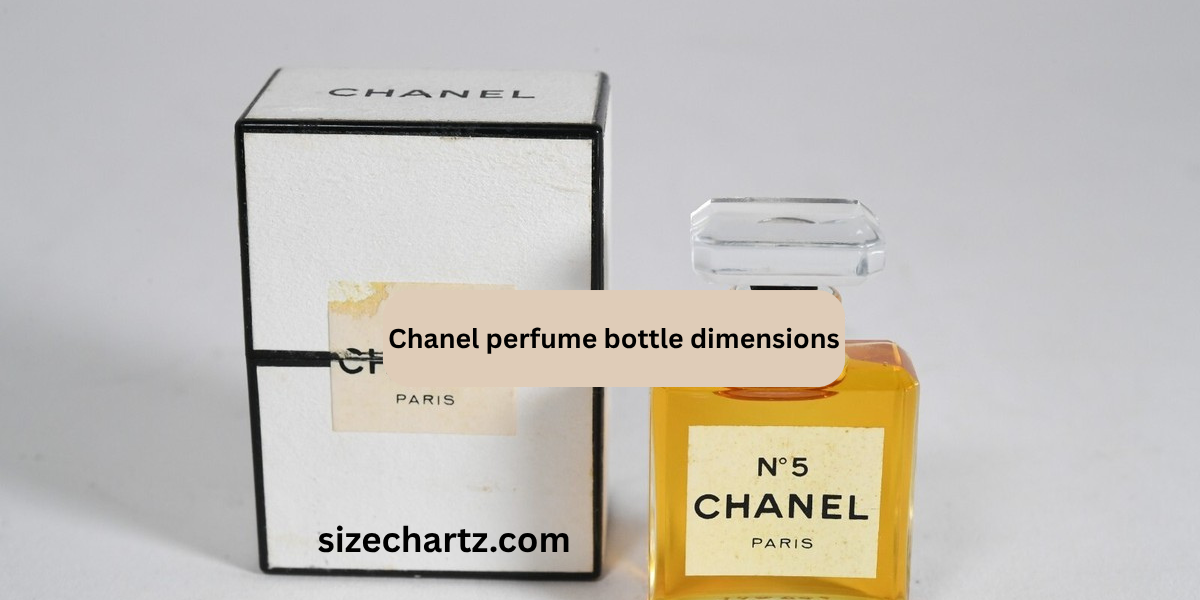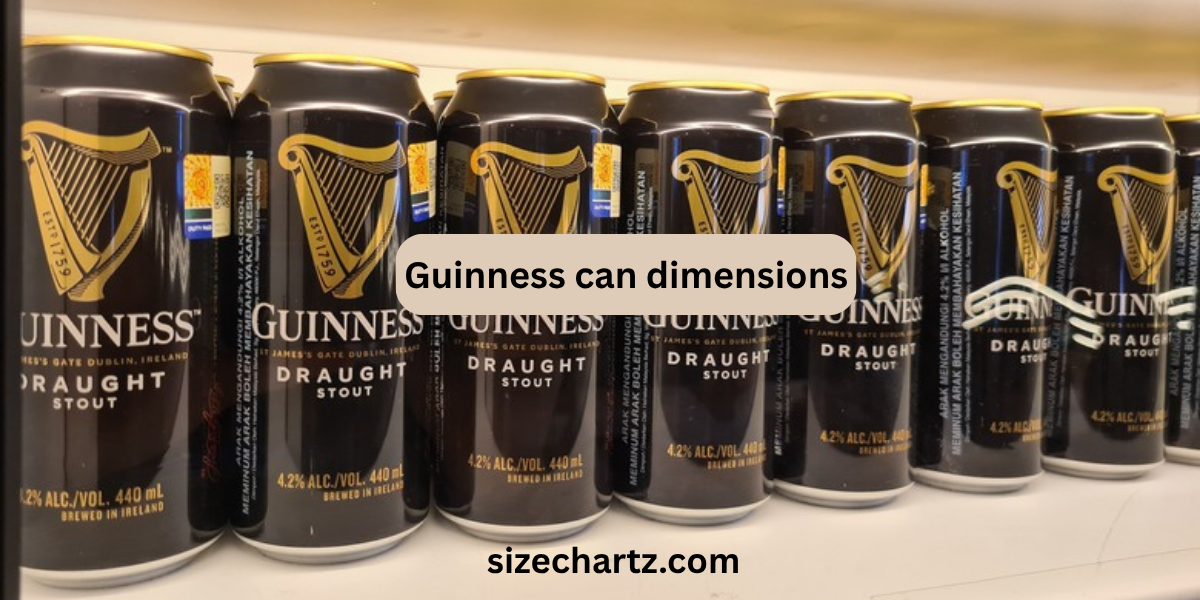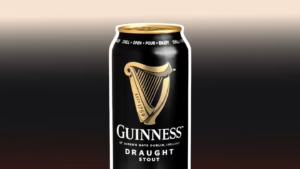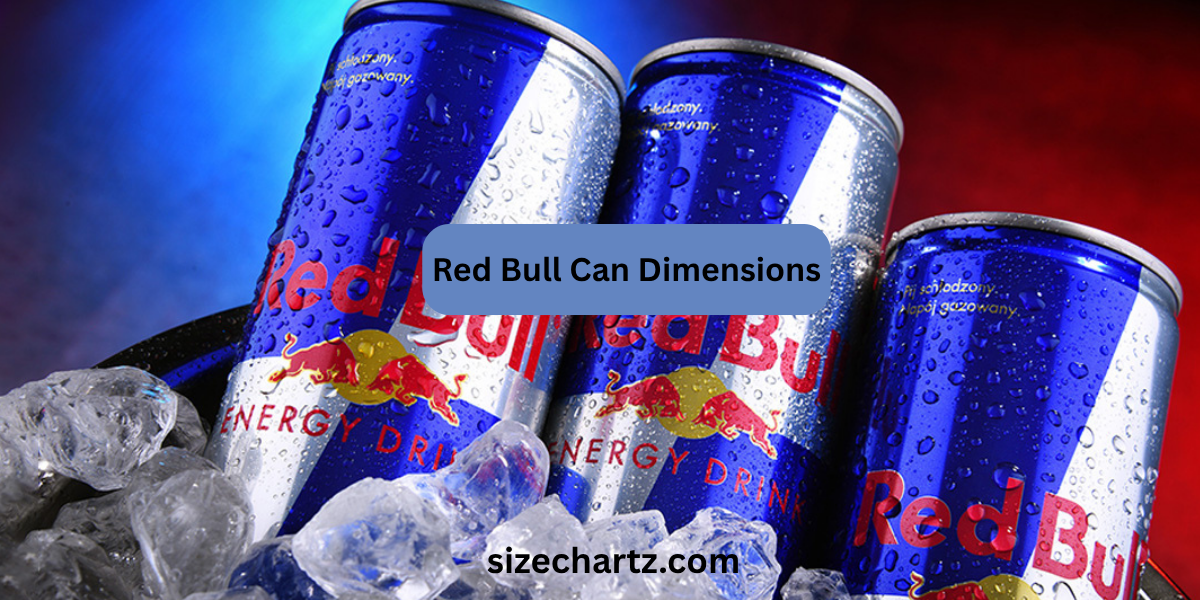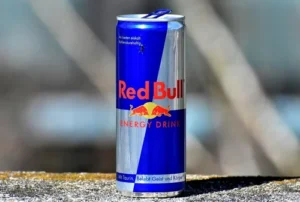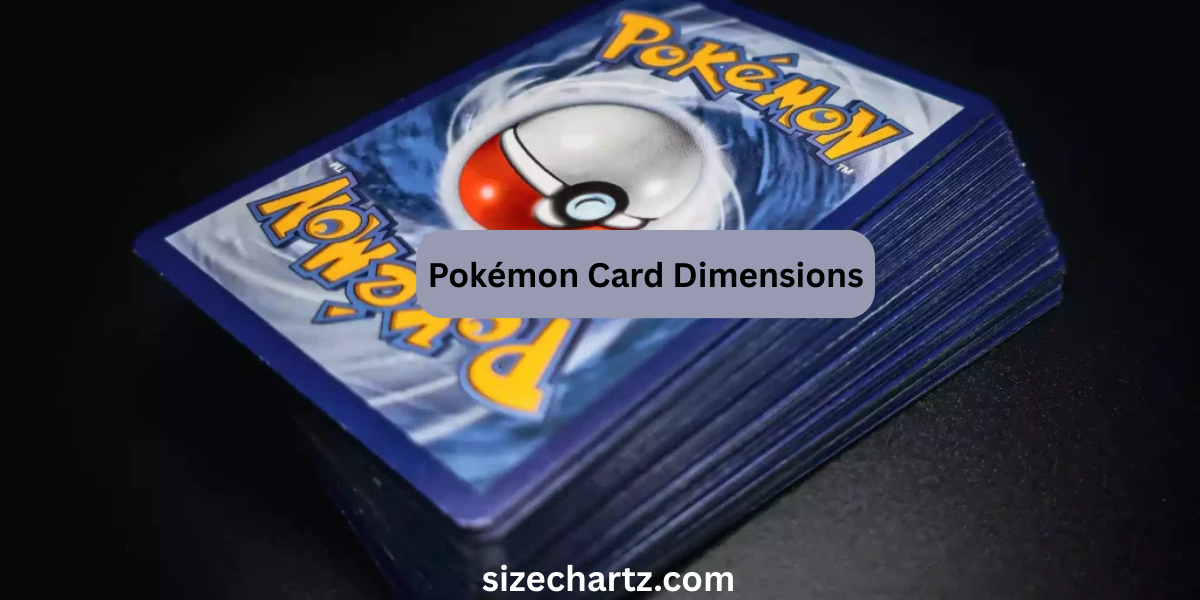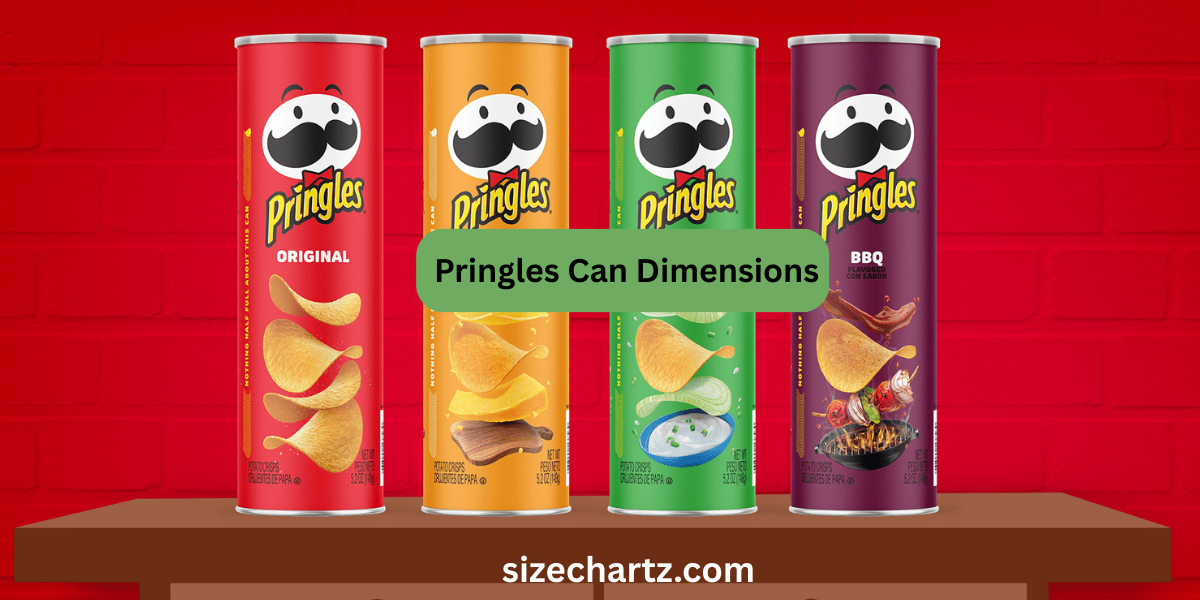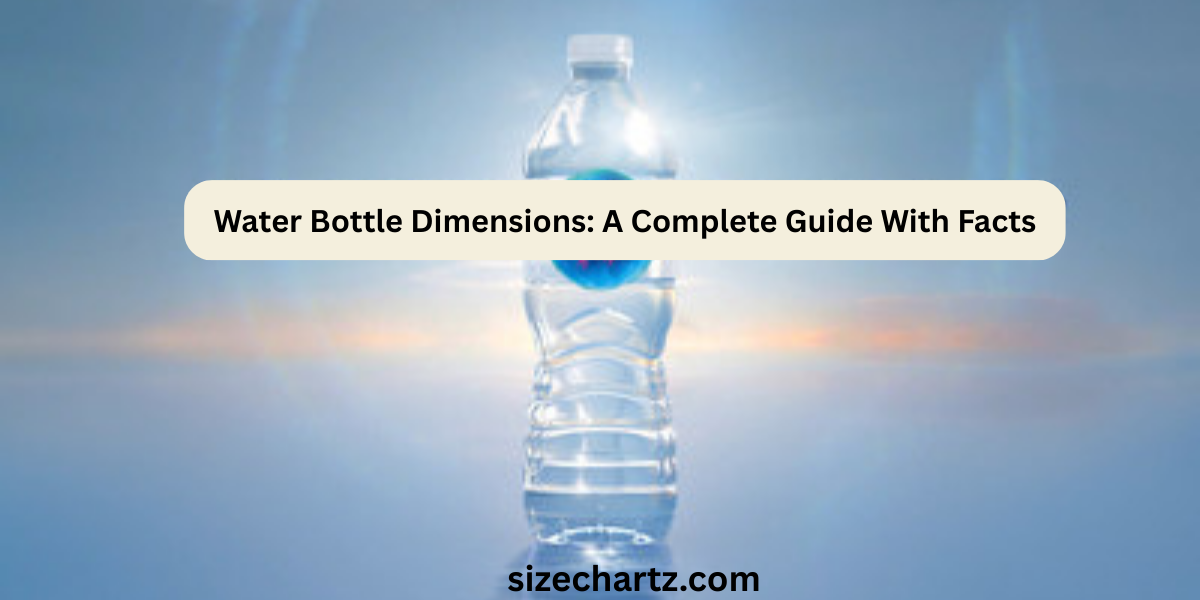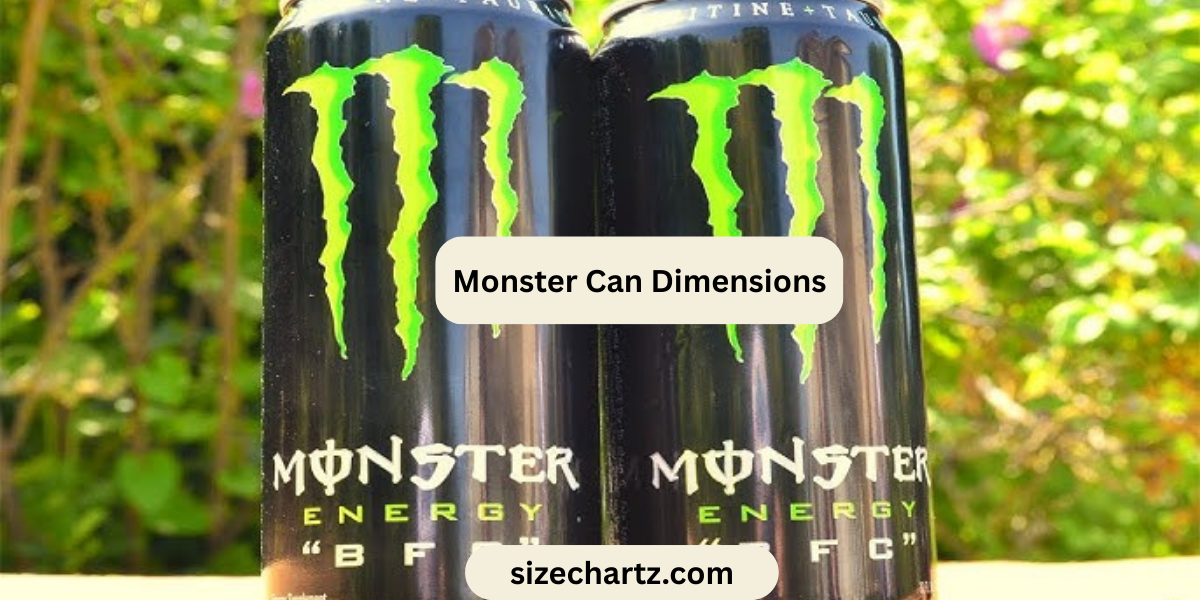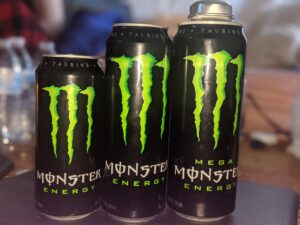Have you ever looked at a Chanel perfume bottle and wondered how big it really is? Maybe you wanted to know if it will fit in your handbag, travel bag, or on your dressing table. The size of a perfume bottle isn’t just about how much perfume it holds — the height, width, and shape all make a big difference.
In this guide, we’ll make it simple for you to understand:
- What the Chanel perfume bottle dimensions really mean
- The actual sizes and measurements of Chanel bottles (in cm and inches)
- How to pick the right size for your lifestyle
- What to know before buying online or as a gift
By the end, you’ll know exactly which Chanel perfume bottle size works best for you.
What “Dimensions” Mean for Chanel Perfumes

When people talk about perfume bottle dimensions, they’re describing the bottle’s height, width, and depth — not just how much perfume is inside.
Here’s what each part means:
- Height: From the base of the bottle to the top of the cap
- Width: The front part of the bottle, side to side
- Depth (or length): From the front to the back of the bottle
- Diameter: Used for round bottles only
For example, two bottles might both hold 100 ml, but one could be taller and thinner, while the other is shorter and wider. That’s why knowing the dimensions helps you plan where to store or carry it.
Chanel Perfume Bottle Dimensions by Size
Let’s look at some real examples of Chanel perfume bottles and their approximate dimensions.
| Perfume | Size | Height | Width | Depth | Notes |
|---|---|---|---|---|---|
| Chanel No. 5 (100ml) | 100ml | About 10.2 cm (4 in) | 7.8 cm (3 in) | 3.8 cm (1.5 in) | The classic square design, elegant and compact |
| Chanel Coco Mademoiselle (50ml) | 50ml | About 7 cm (2.7 in) | 5.8 cm (2.3 in) | 3.2 cm (1.2 in) | Slim and ideal for daily use |
| Bleu de Chanel (100ml) | 100ml | Around 9.8 cm (3.8 in) | 7.5 cm (3 in) | 3.5 cm (1.4 in) | Slightly wider, modern masculine design |
| Chanel Travel Size | 30ml | About 8 cm (3.1 in) | 4.5 cm (1.7 in) | 3 cm (1.1 in) | Perfect for handbags or travel kits |
These are average measurements — they might vary slightly depending on the edition or bottle design.
Why Chanel Bottles Come in Different Dimensions
Not all Chanel bottles are made the same, even if they hold the same amount of perfume. Here’s why:
-
Design and Style:
Chanel creates bottles that match the personality of the fragrance. Coco Mademoiselle is sleek and feminine, while Bleu de Chanel is bold and square. -
Cap Size:
The cap or sprayer can add extra height, especially in luxury editions. -
Glass Thickness:
Premium bottles have thicker glass, making them heavier and slightly larger. -
Limited Editions:
Special editions often have decorative caps or outer layers that change the overall dimensions.
So, when comparing two Chanel perfumes, always check both the ml size and the actual bottle dimensions.
How to Measure Your Chanel Perfume Bottle
If you already own a bottle and want to know its size, here’s how to measure it at home:
- Place the bottle on a flat surface.
- Use a ruler or measuring tape.
- Measure the height from the base to the top of the cap.
- Measure the width (side to side) of the front face.
- Measure the depth (front to back).
Write these numbers down so you can compare them with other bottles or plan where to store them.
Common Chanel Perfume Bottle Sizes
Chanel perfumes usually come in a few standard volumes. Here’s what you can expect in terms of size and feel:
| Volume | Average Height | Common Use |
|---|---|---|
| 30ml | 8–9 cm | Travel or small handbag |
| 50ml | 7–8 cm | Everyday use |
| 100ml | 10–11 cm | Home use or gifts |
| 200ml | 12–15 cm | Collector’s size or luxury display |
Smaller bottles are easy to carry, while larger ones look more elegant on display.
Which Chanel Perfume Bottle Size Is Right for You?
Choosing the right size depends on how and where you plan to use it.
- For travel: 30ml or smaller bottles are easy to pack and meet flight rules.
- For daily wear: 50ml bottles are practical and last a few months.
- For long-term or gifting: 100ml bottles are more luxurious and economical.
- For collectors: Large 200ml editions make great display pieces.
If you use multiple perfumes, smaller bottles help you switch scents easily. But if you have one signature fragrance, go for a bigger size.
Chanel Bottle Designs: A Quick Comparison
Chanel has several famous perfume lines — each with unique bottle shapes.
| Collection | Design Style | Shape Effect |
|---|---|---|
| Chanel No. 5 | Classic and elegant | Tall and rectangular |
| Coco Mademoiselle | Feminine and modern | Slim and slightly curved |
| Bleu de Chanel | Masculine and bold | Square and solid |
| Chance by Chanel | Playful and youthful | Round bottle design |
Each shape affects the dimensions — the round bottles (like Chance) have diameters, while the rectangular ones (like No.5) have height, width, and depth.
Mistakes to Avoid When Checking Bottle Size
Many buyers get confused by misleading listings or photos. Here’s what to watch out for:
- Don’t assume “100ml” means a large bottle — shapes differ.
- Always read if dimensions are with or without the cap.
- Watch out for vintage or limited editions, as they may have thicker glass.
- Compare listings on multiple sites if buying online.
- Look at customer reviews with real photos to judge actual size.
Chanel Perfume Dimensions: Quick Reference Table
| Size | Height | Width | Depth | Suitable For |
|---|---|---|---|---|
| 30ml | ~8.5 cm | ~4.5 cm | ~3 cm | Travel, small bags |
| 50ml | ~7.5 cm | ~5.5 cm | ~3.2 cm | Everyday use |
| 100ml | ~10.2 cm | ~7.8 cm | ~3.8 cm | Gifts, display |
| 200ml | ~12–15 cm | ~9 cm | ~4.5 cm | Collector’s use |
Frequently Asked Questions (FAQ)
Q: Are all Chanel 100ml bottles the same size?
No. The height and width can differ slightly depending on the perfume line (No.5, Coco, Bleu, etc.).
Q: Does the cap make a difference in height?
Yes. Some Chanel caps are large and decorative, which adds a few centimeters to the total height.
Q: Are vintage Chanel bottles the same size as new ones?
Not always. Older versions often have thicker glass and heavier caps.
Q: What’s the smallest Chanel perfume bottle you can buy?
The mini travel sizes usually start from 5ml or 10ml, ideal for carrying in your purse.
Q: How do I know if a Chanel bottle is genuine?
Real Chanel bottles have clean glass edges, even shapes, and smooth caps. Fake bottles often feel lighter and less detailed.
Final Thoughts
Understanding Chanel perfume bottle dimensions helps you choose wisely — whether you’re buying, gifting, or collecting. It’s not just about volume (ml); it’s also about the bottle’s shape, weight, and display appeal.
From the timeless Chanel No. 5 to the elegant Coco Mademoiselle, every bottle tells a story through its design and dimensions. Next time you shop for a Chanel perfume, check the height, width, and depth — and pick the size that truly fits your style.
